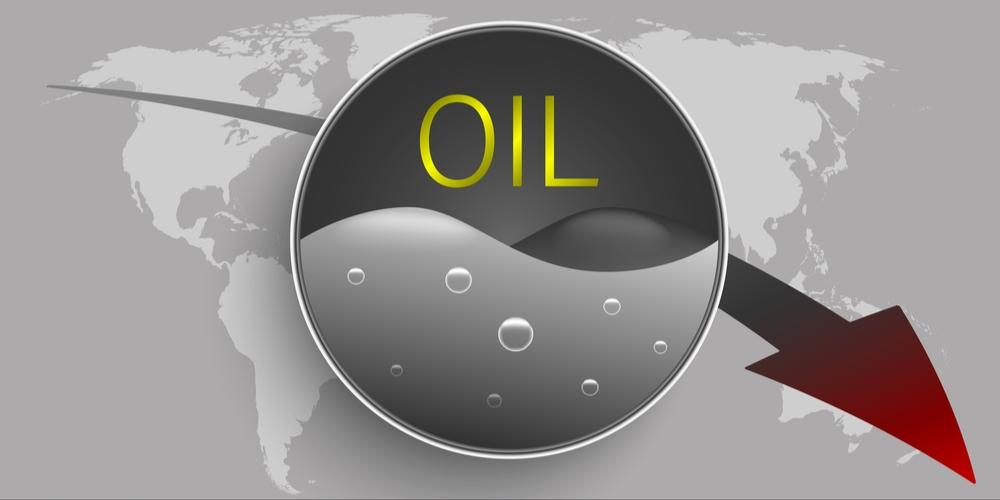Oil prices remained under pressure despite a surprise output cut by the world’s top exporter Saudi Arabia last week. High Russian oil flows into the global markets, increased US production, and concerns over demand amid a weak economic outlook weighed down the market sentiment.
Saudi Arabia, the top producer of the OPEC cartel unanimously decided to cut production by another one million barrels per day from July. This production cut would decrease Saudi’s oil output to 9 million bpd in July from around 10 million bps in May. This voluntary cut is on top of the broader deal by the OPEC plus countries to limit supply into 2024.
OPEC Plus, which pumps around 40 percent of the world’s crude, took these measures to prop up oil prices due to a feeble demand outlook. Last October and April this year, the OPEC cartel collectively decided to cut production to tackle the supply glut and boost prices.
However, although supplies have tightened, crude prices are struggling to regain strength, keeping key benchmark prices in a wide-ranging pattern since the beginning of this year.
The most active US WTI crude prices shed more than 11 percent in 2023 while the Asian benchmark Brent contracted about 8 percent. Oil prices declined about 50 percent where they were immediately after the Russian inversion of Ukraine in February 2022.
The unabated flow of Russian oil replaced the reduced barrels from other OPEC members. Earlier, Russia also announced a production cut of 500,000 bpd in March, but no substantive sign of the output cut can be seen so far.
As per the latest reports, crude oil flows to global oil markets are over 1.4 million barrels a day, higher when compared what they were at end of last year. India and China are the major importers of Russian oil.
After the Russian invasion over Ukraine, the US and its allies had taken several measures to limit Russia’s oil revenue without hindering the global supply chain. Banning Russian oil products by European countries and imposing a price cap by G7 countries are a few of them.
A rise in inventories and the forecast of increased production from the U.S. also weaken the price outlook. As per the U.S Energy Information Administration, U.S. crude oil production could gain 720,000 barrels daily this year. Meanwhile, demand for oil in the country is expected to be fragile due to lower consumption of distillate fuels.
Moderate demand outlook due to expectations of weak global growth and global inflation helped to cool down the prices. The recent economic data from China suggests their economy is struggling to keep momentum after the pandemic period. There are concerns that 2023 would be a tough year for some of the wealthiest countries, adversely affecting global fuel demand.
Looking ahead, despite a tight supply outlook, market sentiment may be overshadowed by apprehensions of feeble demand. Disappointing Chinese economic data, rising fuel stocks in the U.S., and unabated Russian oil flow would limit major price gains.
On the price front, the US WIT crude prices most likely held inside the $79-64 a barrel level, and breaking any of the sides would suggest further directional moves. In the domestic market, MCX futures prices have stiff resistance at Rs 6900 and support at Rs 5300 levels.
First published in The Economic Times








